The Capuchin, also known as the Capuchin Monkey, is a small primate species that lives in Central and South America. This creature is incredibly popular in both movies and TV shows, as well as the exotic pet trade. Researchers recognize 11 different species of Capuchins, all in the Cebidae family. Read on to learn about the Capuchin.
Description of the Capuchin
Like most monkeys, these primates have long legs and long tails. Their tails are prehensile, which means they can use them to grab onto branches and help them navigate in the trees. Each species is different, but many have dark brown or black fur with lighter tan or white on their faces, arms, and chests.
They range in size, but usually measure between 12 in. and 21 in. long, not including their tail. Their tails are usually as long or longer than their bodies. Depending on the species, they weigh anywhere from 4 lbs. to 12 lbs. as adults.
Interesting Facts About the Capuchin
These charismatic little creatures are one of the best-known monkeys. Learn more about what makes them so unique below.
- In the Family – These primates are members of the Cebidae family. The 11 different species share the family with their close relatives, the squirrel monkeys.
- Tool Use – One species, the brown or tufted, is famous for its ability to use tools. It can create makeshift cups for water, use sticks to catch insects, and use stones to crack open nuts. It is one of the only species of non-ape primates that uses tools!
- Silver Screen – You can find these primates in various movies and TV shows. Some of the most famous productions featuring Capuchins include the Pirates of the Caribbean franchise, Night at the Museum, Ace Ventura, Friends, and The Big Bang Theory. Some have even ended up on various late-night talk shows.
Habitat of the Capuchin
Habitat preference varies from species to species. For the most part, these monkeys live in forests with lots and trees. They inhabit tropical rainforest, dry forests, secondary forests, and more. Some species also inhabit mountainous regions.
Depending on the species, most Capuchins adapt well to areas with high human populations. They live near towns and many tolerate areas that humans have previously cut down for agricultural or logging purposes.
Distribution of the Capuchin
Each species has its own unique distribution. Some live across several different countries, while others live only in a small range. Overall, these primates live through Central America into South America. You can also find them across the globe in various zoos and as exotic pets.
Diet of the Capuchin
As a whole, these creatures are usually omnivores. They eat a wide variety of different foods, and each species has its own preferred foods. Though they are generalists, animals in different regions usually have different foods available to them.
On the herbivorous side, they eat leaves, flowers, stems, fruits, berries, nuts, seeds, and more. They also hunt for insects, snails, frogs, lizards, and other small creatures.
Capuchin and Human Interaction
Humans interact with these monkeys in a number of different ways. They are incredibly intelligent animals, so people frequently keep them as pets or in zoos. Wild animals tend to get themselves into trouble, particularly by eating crops.
Habitat destruction and hunting both pose a danger to these creatures. However, most species have high populations and reproduce at a rapid rate. This means that, in many Capuchin species, their numbers have not declined rapidly in response to human activity. However, other species suffer heavily due to human activity.
Domestication
Humans have not domesticated this creature in any way.
Does the Capuchin Make a Good Pet
Just because you can keep something as a pet, doesn’t mean that you should. Like most primates, Capuchins do not make good pets. They have complex social and dietary needs.
In a household setting, most people cannot keep these monkeys mentally and socially stimulated. In many places, it is illegal to own any monkey as a pet without the proper permits.
Capuchin Care
Zoos keep groups of Capuchins together in large enclosures. Their enclosures contain a variety of branches, trees, ropes, and other climbing opportunities.
Zookeepers also provide a number of different toys, puzzle feeders, and other mentally stimulating activities. Veterinarians help direct the animals’ diets to ensure they receive the correct nutrition.
Behavior of the Capuchin
While behavior varies from species to species, as a whole these primates are quite social animals. Groups contain a dozen or so individuals, usually a dominant male, several females, and their offspring. The groups, known as troops, spend their days foraging for food and socializing. They spend almost all their time up in the trees, making them arboreal.
Reproduction of the Capuchin
Most species breed once per year. They give birth to one or two infants after a five-month gestation period. For the first few months of life, the mother carries the infant around on her back or belly.
It takes about a year for the young to stop nursing from their mother, and about four years for them to reach independence. Females remain with their troops, but males leave when they reach sexual maturity at about eight years old.

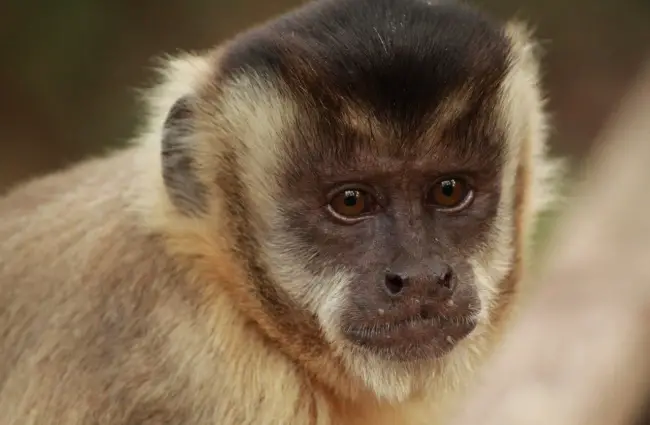
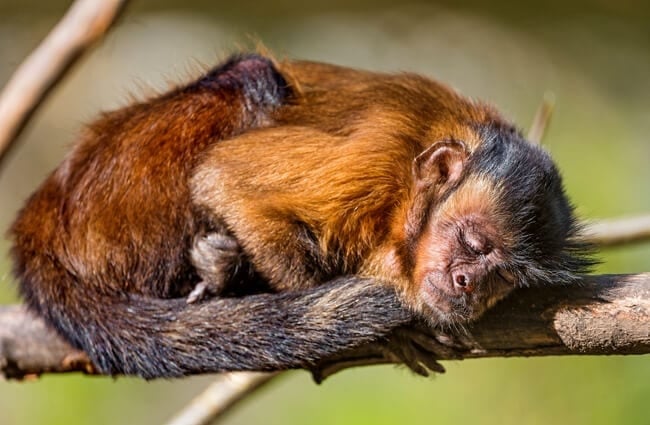
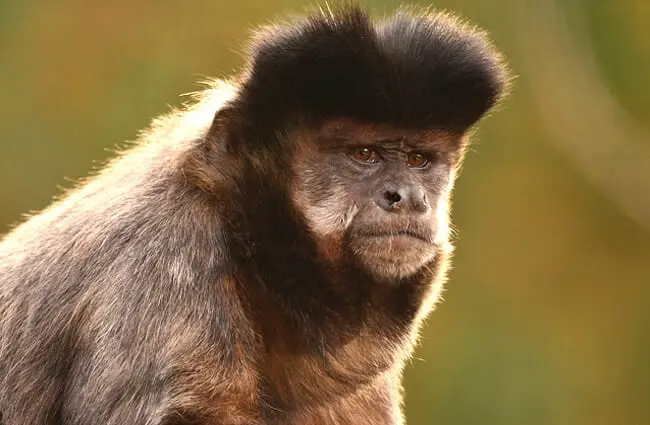
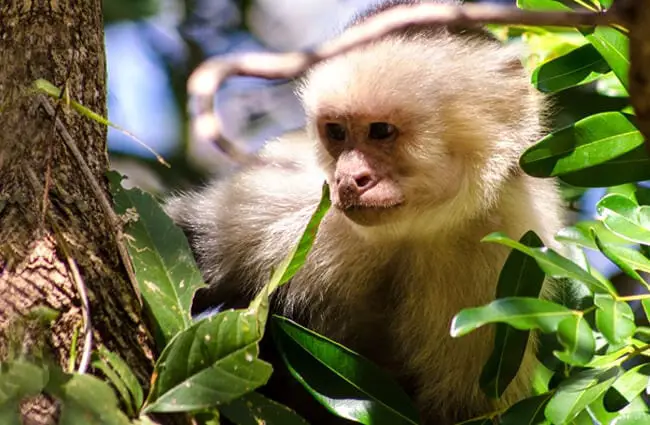
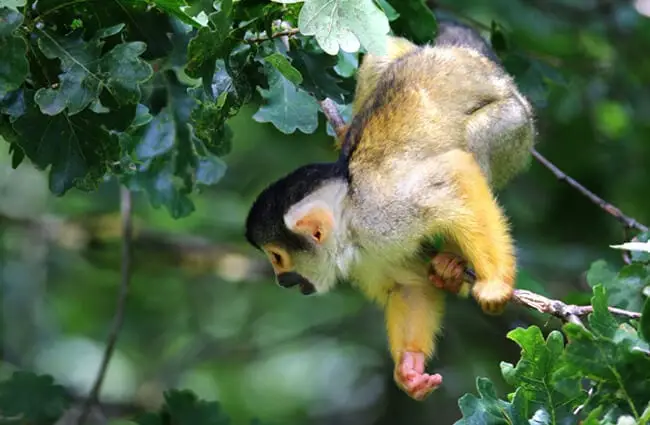

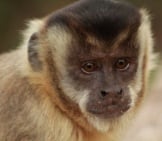
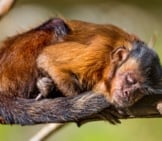

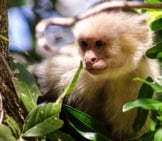
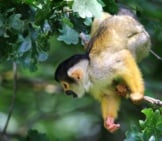
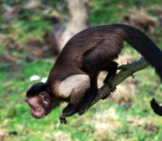
![Red Angus Closeup of a beautiful Red Angus cowPhoto by: U.S. Department of Agriculture [pubic domain]https://creativecommons.org/licenses/by/2.0/](https://animals.net/wp-content/uploads/2020/03/Red-Angus-4-238x178.jpg)












![Red Angus Closeup of a beautiful Red Angus cowPhoto by: U.S. Department of Agriculture [pubic domain]https://creativecommons.org/licenses/by/2.0/](https://animals.net/wp-content/uploads/2020/03/Red-Angus-4-100x75.jpg)

